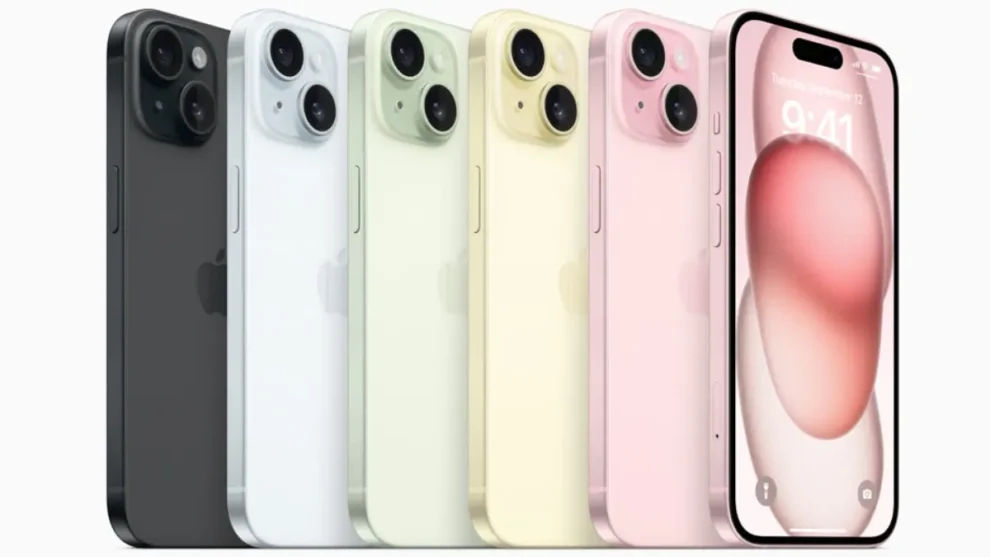The upcoming iPhone 16 series is poised to make a significant leap forward in smartphone design, primarily through the implementation of “borderless” technology. This new advancement aims to drastically reduce the bezels surrounding the phone’s display, moving closer to a truly edge-to-edge screen experience.
Key Highlights:
- The iPhone 16 Pro models are expected to feature larger displays, with the Pro version measuring at 6.3 inches and the Pro Max at 6.9 inches, indicating an overall increase in device size but with the same thickness as their predecessors.
- Advances in display technology, including the use of micro-lens arrays, are anticipated to enhance screen brightness and efficiency without a hike in power consumption.
- The introduction of two new buttons, the Action Button and Capture Button, across all iPhone 16 models, replacing the traditional mute switch and adding functionality for quick access to camera and video recording features.
- Improvements in the A-Series chips with the A18 chip are expected, potentially in both a standard and Pro variant, offering enhanced performance, especially in AI and machine learning tasks.
- Enhanced thermal management through the introduction of graphene in the thermal system, addressing overheating issues and ensuring better device performance.
- Speculation around the inclusion of Qualcomm’s Snapdragon X75 modem in Pro models for superior 5G connectivity and the possible adoption of Wi-Fi 7 technology, promising unprecedented internet speeds.
The iPhone 16 series is not just about larger displays and enhanced internal specifications. Apple is making strides towards a “zero-bezel” design, potentially eliminating the bezels altogether in future models. This bold move involves collaborating with display giants like Samsung and LG to develop OLED panels capable of achieving this futuristic look. The challenges of integrating such technology are significant, involving innovations in under-panel camera (UPC) technology and thin-film encapsulation to protect the screen while maintaining the integrity of a full glass body design.
What is ‘Border Reduction Structure’ (BRS)?
While technical details are limited, reports suggest the Border Reduction Structure technology addresses a challenge that has previously hindered the reduction of iPhone bottom bezels: heat management. BRS is rumored to work by repositioning the wiring typically found beneath the display, thus achieving a smaller bezel footprint.
Benefits for iPhone users
If these reports are true, the iPhone 16 family could offer a more immersive viewing experience thanks to thinner bezels. This would mean more screen real estate in the same (or potentially smaller) overall phone size. The visual impact of photos, videos, and games could be especially enhanced.
Moreover, Apple’s decision to retain the general design framework from the iPhone 15 series, while introducing significant upgrades like the new Capture Button and Action Button, signifies an effort to balance innovation with familiarity. The integration of the A18 chip across all iPhone 16 models hints at a unified performance uplift, with special attention to thermal management improvements that could redefine the user experience in high-performance scenarios.
As we move closer to the launch, the anticipation around the iPhone 16’s borderless technology underscores Apple’s commitment to pushing the boundaries of smartphone design. However, with every advancement comes challenges, particularly in ensuring durability and user adaptability to new features like the absence of the mute switch, now replaced by the multi-functional Action Button.
The iPhone 16 series is shaping up to be a landmark release for Apple, featuring innovative design changes and technological advancements that could set new standards in the smartphone industry. As details continue to emerge, tech enthusiasts and Apple fans alike are keenly awaiting the official unveiling to see how these rumored features translate into reality.



















Add Comment